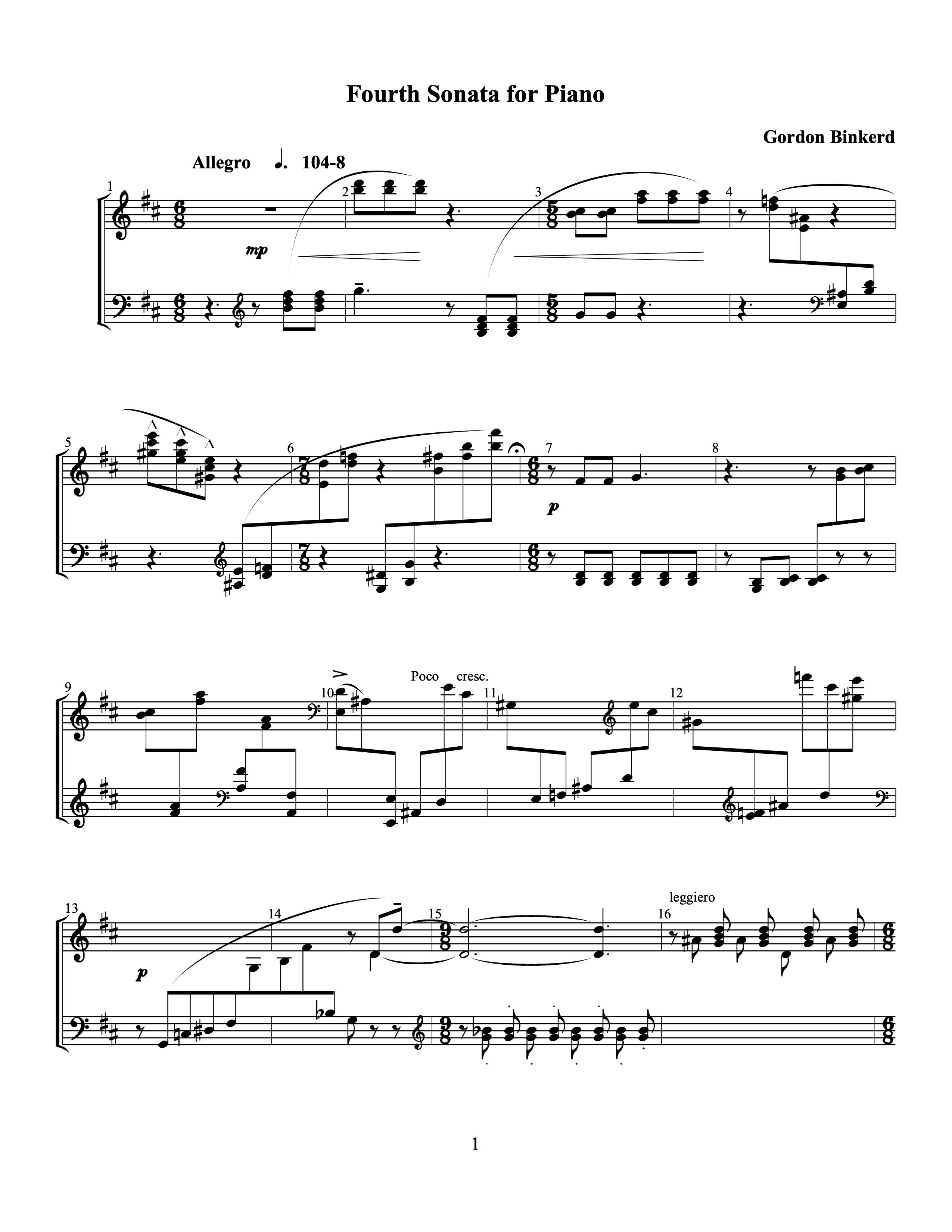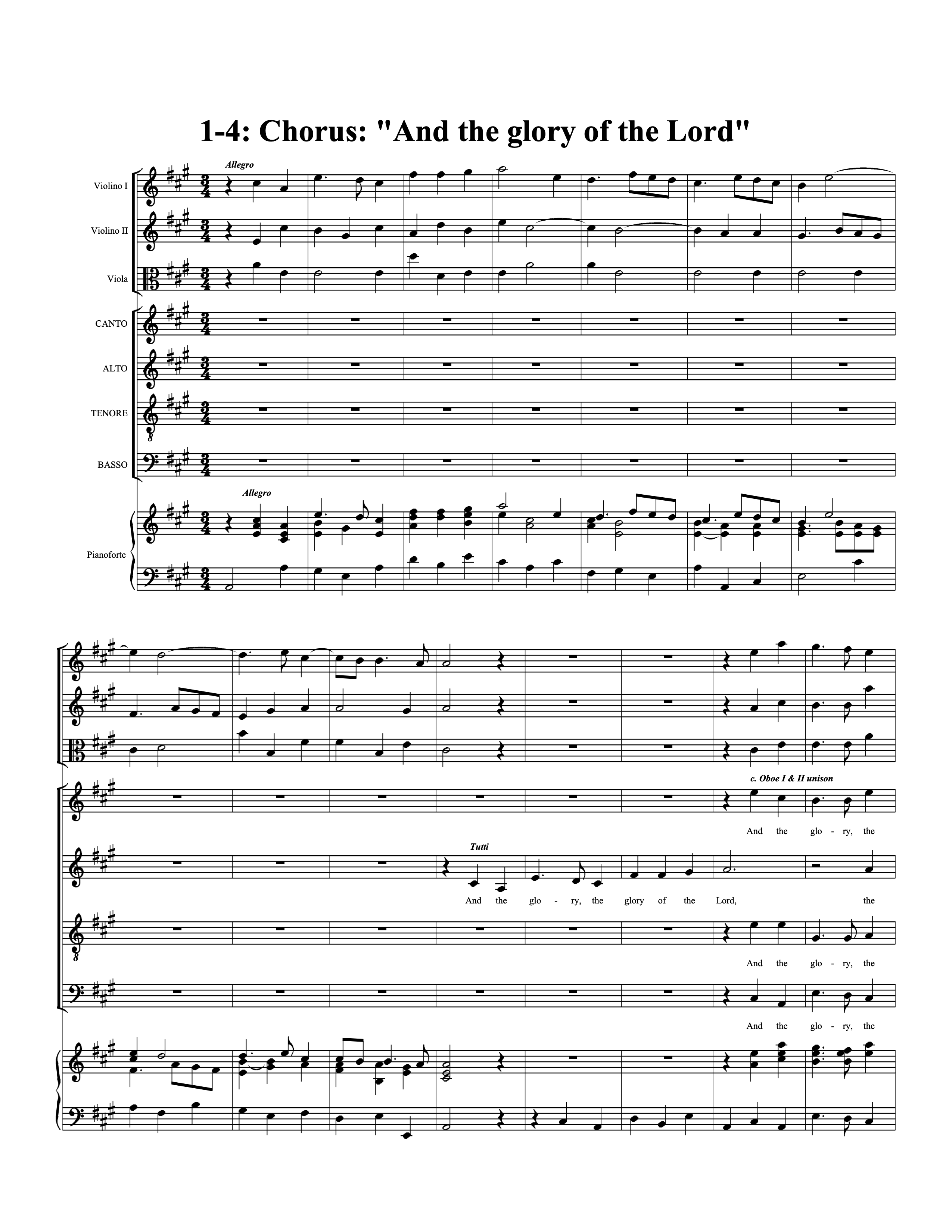MusicEase, a Music Notation Editor
MusicEase Software, USA
MusicEase Software is a company specializing in the design of intelligent software for creating printed music. MusicEase is our music notation editor. Its initial version was developed in 1987 using muLisp on the IBM PC. Later it was ported to Allegro Common Lisp and since 2009 LispWorks has been our preferred development platform due to their software and favorable licensing terms.
MusicEase is a constraint-based system with a large amount of knowledge of music notation. This allows it to intelligently handle many of the details of scoring automatically. For instance, bar lines are inserted automatically according to the current meter (time signature). If the user changes the time signature, the bar line placements change automatically, and beam scopes are automatically recomputed as directed by the new time signature. (Users can also insert bar lines themselves wherever they like.) Slurs and phrase marks can often be inserted with a single keystroke combination. The end points, shape, direction and location (above or below the included notes) are automatically determined. The result is that users can create professional looking scores easily and quickly without knowing music engraving/music copyist rules. (Generally no one can create engraver quality printed music without having explicitly been trained in music copyist techniques. And incorrectly notated music is harder for trained musicians to play, in part because they have spent many hundreds of hours learning to read "correctly" notated music.)
The notation aspect of MusicEase is designed to work much like a word processing program. Users see the music on the screen exactly as it will be printed (WYSIWYG). Most functions are invoked via key presses which allows fast content entry as opposed to using the mouse to drag music notational elements from palettes to staves.
MusicEase supports true transposition (as opposed to just shifting existing configurations up or down on the staff as other notation software generally does), part extraction (any combination of system staves can be extracted), scaling of the music to a large range of sizes, combining 2 staves containing single voices into a single staff containing mixed single and double stemmed voicing and vice versa (splitting a single staff with several voices into 2 separate staves, each containing a single voice), automatically adding chord fret diagrams, using any computer fonts for verses, titles, etc., and displaying music as tablature and/or as shape notes.
The use of Lisp's linked list as its main data structure along with Lisp's powerful collection of symbol manipulation functions, and developing MusicEase as a full- fledged editor based on the design of EMACS, has allowed us to easily add new functionality to MusicEase over the years.
Other music notation programs are basically paint programs with some music notational specific functionality. Thus they are limited in performing basic operations when existing music needs to be re-formatted --- operations such as cut and paste and other more imaginative operations such as cast off, which re-determines system breaks so that the density of notes in each system is roughly the same followed by the justify function to stretch/shrink all staves so they horizontally span from the left margin to the right margin (somewhat analogous to paragraph reformatting by a word processor except the last line cannot be short --- it must extend from the left to the right margin just as all the other lines in the paragraph.)
One ramification of the MusicEase design philosophy is that the size of MusicEase music files are much smaller than the files produced by other music notation programs --- e.g., a MusicEase file is about 1/10 the size of the file for the exact same music in another widely used notation program since only the essential structure of a piece is saved (placements of most music notational elements are re-computed when the music is later displayed/printed instead of being saved as part of the file.)
We are very happy using LispWorks. It is very stable. We especially appreciate the timely support provided by the LispWorks people.
MusicEase runs under both Windows and Macintosh. We use basically the exact same code on both platforms. The LispWorks IDE allowed us to create the user interface under Windows and then with very little modification, use the same code under the Mac.
In conclusion, MusicEase allows the creation of professional looking printed music easily and quickly without the user having been trained on how to properly notate music. Below are several examples created using MusicEase. Click on the image to view it at its full size.
Web site: www.musicease.com

